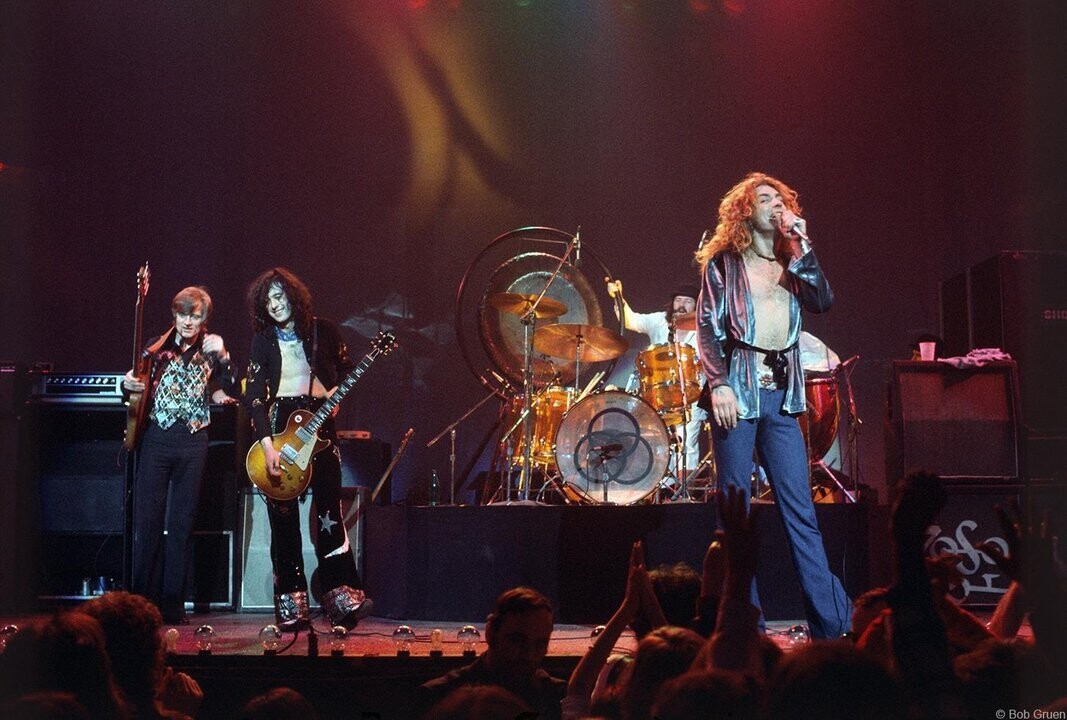
On February 24, 1975, Led Zeppelin released "Physical Graffiti," their sixth studio album. This ambitious production encompassed a wide range of musical styles, from hard rock and blues to folk and progressive rock. The iconic album cover, featuring an apartment building in New York, has become an instantly recognizable symbol, and its songs remain anthems for generations of rock fans.
To commemorate the 50th anniversary of "Physical Graffiti," a series of events and special releases have been organized worldwide. The album marked a milestone in rock history by redefining the boundaries of the genre. Songs like "Kashmir," "Trampled Under Foot," "Custard Pie," "The Rover," and "In My Time of Dying" showcased the band's versatility and virtuosity, taking their fans on an unprecedented sonic journey.
Unlike their previous albums, where each song brought together influences, most of the tracks on "Physical Graffiti" are individual stylistic exercises that form a whole. This album was not only a commercial success, reaching number one on charts worldwide, but also became a cultural landmark.
To celebrate this legacy, a series of special initiatives have been prepared, including a luxury reissue of the album on vinyl and CD with unreleased bonus material, a documentary exploring the creation and impact of the album, an art exhibition inspired by the music and aesthetics of "Physical Graffiti," and tribute concerts in various cities around the world featuring renowned musicians.
With "Physical Graffiti," Led Zeppelin proved to be much more than just a rock band. Plant, Page, Jones, and Bonham were visionary artists who challenged the limits of music and created a timeless masterpiece in contemporary music history.













